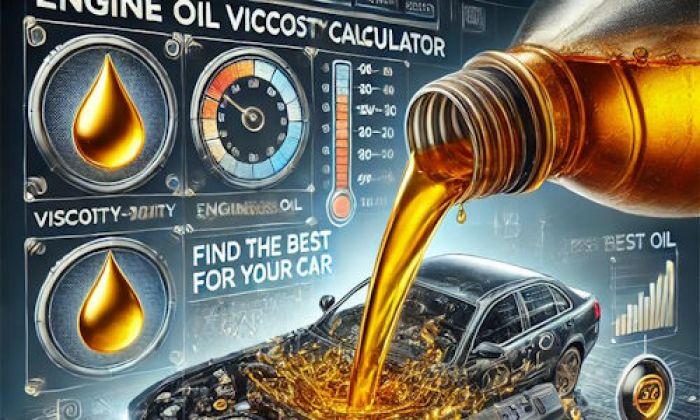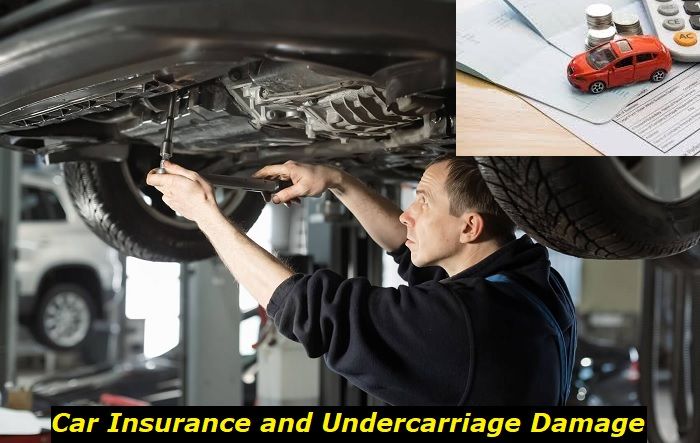Kia is one of the brands that is known for the reliability of its vehicle. In the U.S., the Korean marque often comes on the top ten list of the said category. Meanwhile, some reputable institutions even consider it in the second or third rank worldwide alongside Hyundai. However, that does not mean that it hadn't produced bad apples along the way.
The Kia 3.3 V6, also known as the Hyundai 3.3L V6, initially scored high in terms of reliability upon its rollout. The vehicles it powered were often rated above average by known consumer watchdogs and automotive publications. Despite these, there have been mounting complaints about this unit upon its accumulation of above-average mileage.

Key facts and my opinion about the engine
- Production years: 2016-2024
- Average lifespan of G6DM: 180,000-200,000 miles
- Fuel supply type: direct injection
- Power range: 285-295 hp
- Fuel efficiency: average
- Engine block material: aluminum
- Engine reliability score: medium
- The most common problems: carbon buildup on intake valves, timing chain is weak, no lifters.
Key Facts About the Kia 3.3 V6 Engine
The Kia 3.3 V6 engine (G6DM) is manufactured by Hyundai. It falls under the Lambda family of the Korean automaker. The engine started off in its Lambda MPi G6DB model and it underwent several guises after its production in 2006.
In around 2009, vehicles were equipped with the evolved version of the engine aptly named the Lambda II MPi. Then, in 2011, the 3.3L Lambda GDi G6DH was released followed by the G6DM in 2018 vehicle models. An RS variant of the engine named the G6DP equipped with twin turbos was also made for the Kia K9 and Stinger as well as the Genesis G70, G80, and G90.
The key highlights of the Kia 3.3 V6 in general are the following:
- V engine configuration with six cylinders and four valves per cylinder having a dual overhead camshaft (DOHC) valvetrain layout
- Utilizes an aluminum block and head
- It has a bore of 3.6 inches and a stroke of 3.3 inches
- The engine underwent changes in its compression ratio at 10:4:1, 11.5:1, and 10.0:1
- Features a four-stroke, naturally aspirated configuration
- A turbocharged version was released for its more potent models
- Gasoline-fed engine that uses either a direct injection (GDi) system or a multi-point injection (MPi) system
- The power of the engine ranges from 235 hp to 365 hp at 6,000 to 6,400 rpm depending on the model and application
- It produces 226 lb-ft to 376 lb-ft of torque at 1,300 to 5,300 rpm depending on its vehicle application
Durability of the KIA 3.3 V6 Engine
The Kia 3.3 V6 engine initially enjoyed pretty decent estimates in terms of its longevity at 180,000 miles. However, as reality sunk in and more problems were attributed to the overall design of the engine, the numbers dropped to 150,000 miles. There were also owners who claimed to have run into major engine issues even before the 100,000-mile mark.
Most Common Issues and Best Fixes for the KIA 3.3 V6 Engine Problems
Based on the complaints that piled up regarding the Kia 3.3 V6 engine as well as reports and recalls related to it, here are the most common issues that you may run into with this product:
1. High Oil Consumption
One major complaint about the MPi versions of the Kia 3.3 V6 engine was its tendency to chug more oil as it ages. Many owners have found stuck or seized piston rings to be among the main contributors to the issue.
To assess the source of this problem, you will need to look for some obvious symptoms such as smoke coming from the exhaust pipe, a noticeable smell of burning oil, or more frequent oil changes than usual.
Once you have identified these signs, it's important to check the engine's components manually by removing the spark plugs and inspecting them for traces of oil. You should also inspect the valve covers and rocker arms for signs of leaking oil. If any of these checks reveal abnormally high levels of oil consumption, then you may need to consider replacing certain parts.
When attempting to solve oil consumption issues in the Kia 3.3 V6 engine, it is important to take into account both internal and external factors that could be contributing to the increased levels of wear. Internal components like piston rings and valve guides may require replacements in order to maintain optimal performance and reduce excess oil use.
Likewise, external factors like air intake restrictions, clogged fuel injectors, improper ignition timing, or worn spark plugs can all contribute to excessive oil consumption and should be taken into consideration when attempting to rectify the issue, too. In order for the engine to run as smoothly and efficiently as possible, it is important that all of these components are in optimal condition and replaced if necessary.
Finally, once all potential causes have been addressed, it is advisable to perform regular checks on the oil levels to make sure that they stay within acceptable limits. By following these steps, you can help ensure that your Kia 3.3 V6 engine runs effectively and efficiently for many years to come.
2. Carbon Build-Up on the Intake Valves
Numerous owners have claimed that the GDi version of the Kia 3.3 V6 is very much prone to this. This could also be the reason why the aging versions of the engine are prone to sluggish accelerations.
The problem may be due to the high-pressure fuel injectors wearing out, leading to unburnt gasoline deposits in the intake valves or cylinder head. It can also be caused by failing emissions control systems, such as a faulty PCV valve. To diagnose this issue, look for any of the basic telltale signs mentioned earlier like decreased acceleration and dark exhaust smoke.
Performing an inspection of the engine is also necessary. Tools such as borescopes should come in handy during this process since they allow you to view what is going on inside the engine without having to open it up. Additionally, a compression test can help identify if there are any air leaks that could lead to carbon build-up.
The solution for this particular issue lies in replacing any worn-out parts in the fuel system and/or emissions control systems. Depending on the severity of the problem, it may be necessary to also get a complete engine rebuild or service done. This should help with eliminating carbon build-up as well as restoring your vehicle's performance back to its optimum condition.
Taking preventive measures such as using higher quality fuel, keeping up with regular maintenance, and replacing components when needed can also help reduce the chances of further issues arising related to this particular issue.
3. Faulty High-Pressure Fuel Pipe
A recall in 2018, mentioned a high risk of major issues in the high-pressure fuel pipe connected to the fuel pump outlet. This is due to improper alignment, wrong torquing, or damage to the part. The problem can cause poor performance of the engine or even a dangerous leakage of fuel.
The primary symptom is that the engine has difficulties starting, but it may also exhibit backfires, excessive smoke, decreased acceleration power, and other signs of misfiring. It's important to run manual and visual checks on the high-pressure fuel pipe.
You'll need to look for any damages or leaks in this component as well as check its position relative to the fuel pump outlet. If your vehicle model is affected by the recall mentioned above, you must have the parts replaced by Kia, otherwise, you risk endangering yourself and everyone else inside the car.
Using a special tool such as an ohmmeter or a multimeter will help you to assess the electrical connection of the fuel pump outlet, too, as this type of engine is also known to exhibit electrical system issues. If a faulty high-pressure pipe is identified, then it needs to be replaced with a new one and carefully secured in its correct position.
Make sure that you use the right kind of sealant or lubricant when assembling the parts, as this will prevent any kind of leakage in the future. Additionally, check for any accumulated debris or foreign objects which may interfere with the system's operation and cause further damage.
Finally, pay attention to all safety protocols while dealing with these types of repairs because improper handling can lead to dangerous situations due to flammable components being exposed.
Conclusion
The G6DM engine appeared to have a good start due to the generally high praises to the vehicles it powered. However, there have been mounting complaints and recalls about it over the years. Tread carefully if you are ever considering buying a Kia with this powerplant.
Whenever you are conducting a diagnosis or repairs, follow the manufacturer's instructions for all repairs in your Kia 3.3 V6 engine as this will give you peace of mind knowing that the job was done correctly.
Furthermore, follow up with a test drive or use diagnostic tools to make sure no other issues have arisen from the repair process. Doing so will ensure that all components are working in harmony and your engine is running safely and smoothly once more.
About the authors
The CarAraC research team is composed of seasoned auto mechanics and automotive industry professionals, including individuals with advanced degrees and certifications in their field. Our team members boast prestigious credentials, reflecting their extensive knowledge and skills. These qualifications include: IMI: Institute of the Motor Industry, ASE-Certified Master Automobile Technicians; Coventry University, Graduate of MA in Automotive Journalism; Politecnico di Torino, Italy, MS Automotive Engineering; Ss. Cyril and Methodius University in Skopje, Mechanical University in Skopje; TOC Automotive College; DHA Suffa University, Department of Mechanical Engineering






Add comment